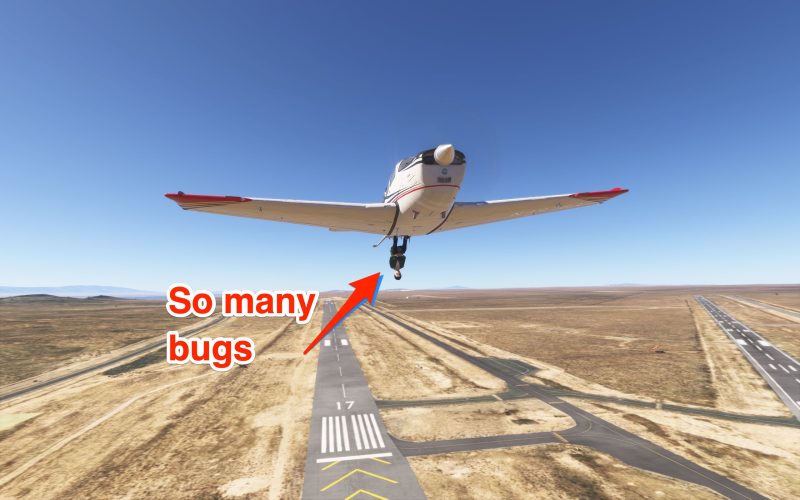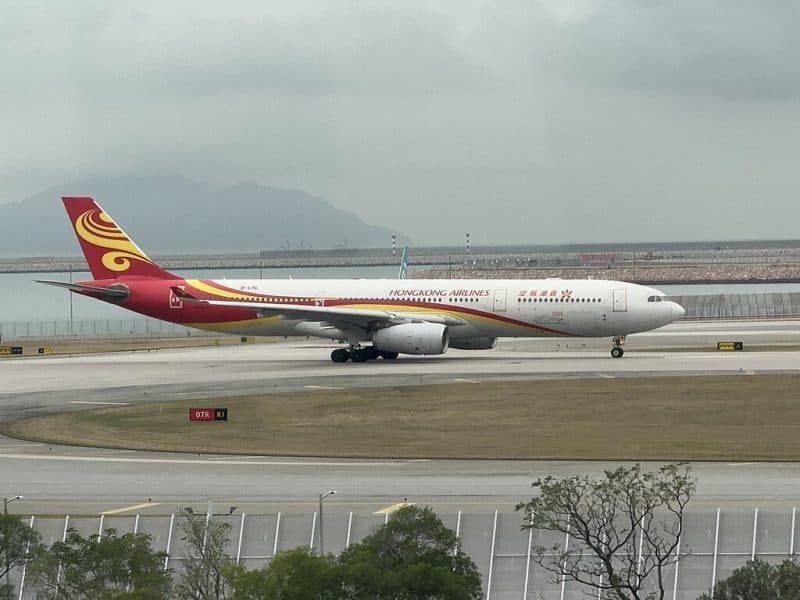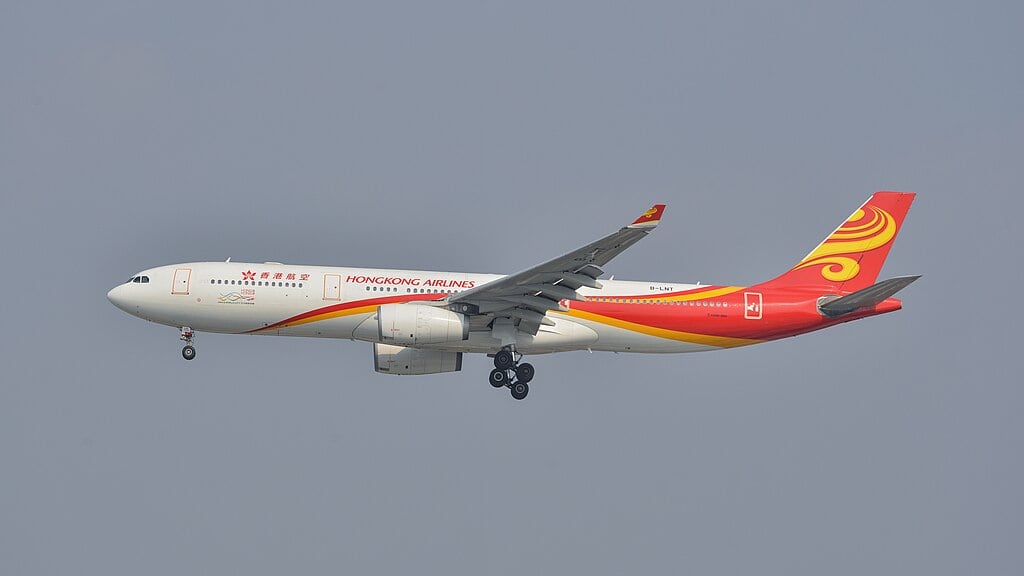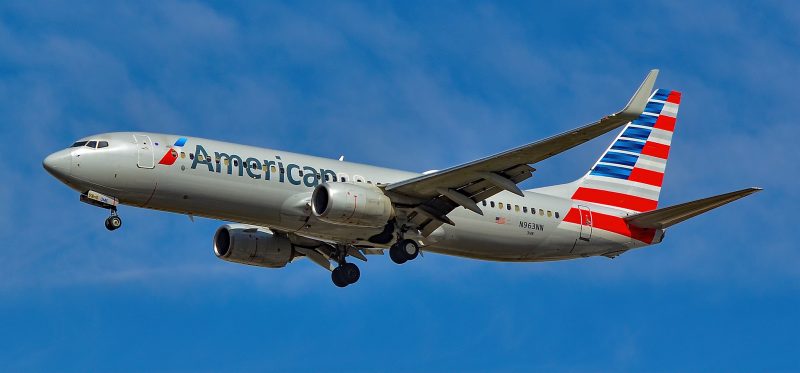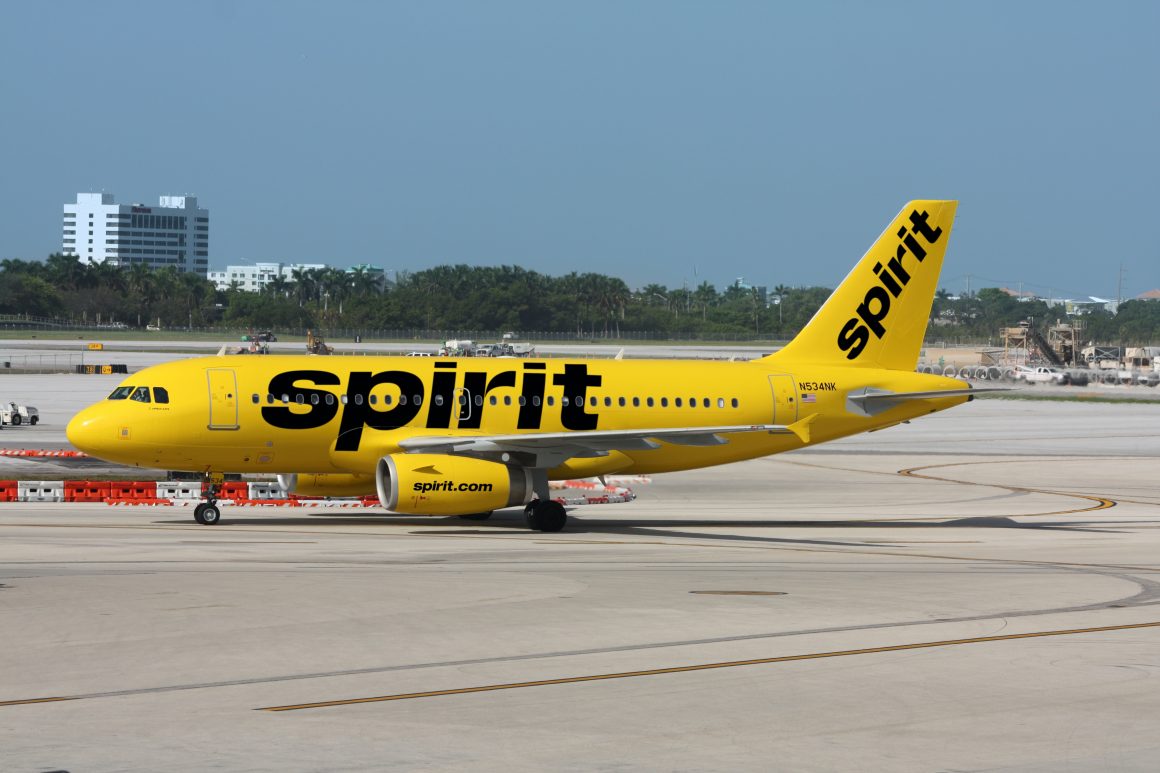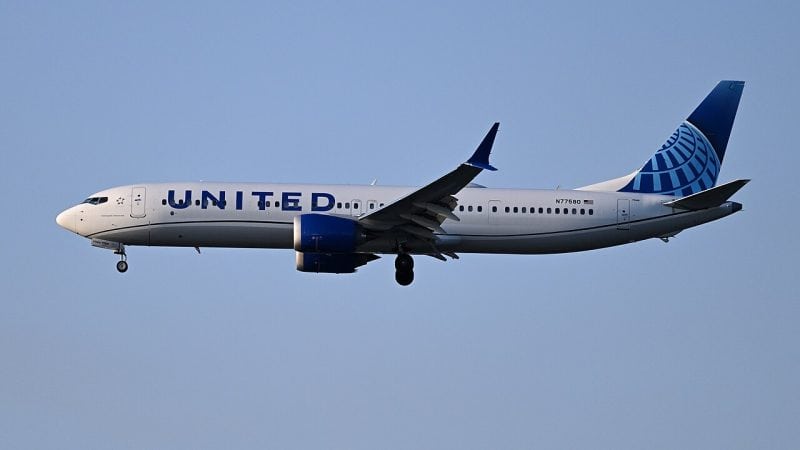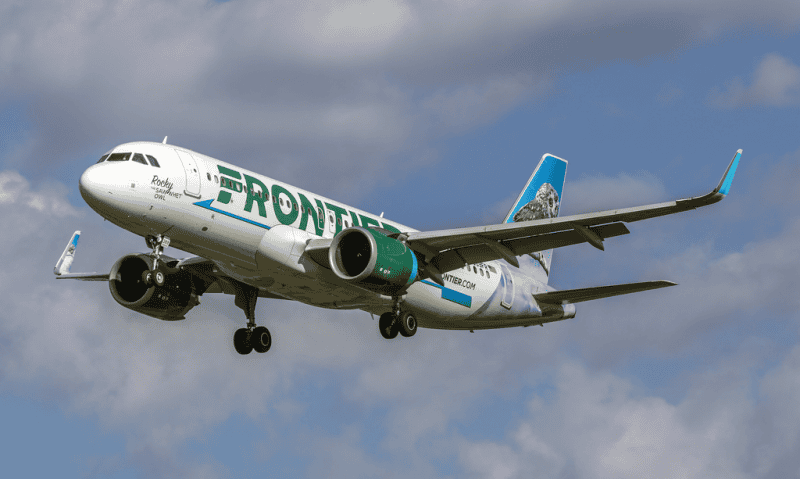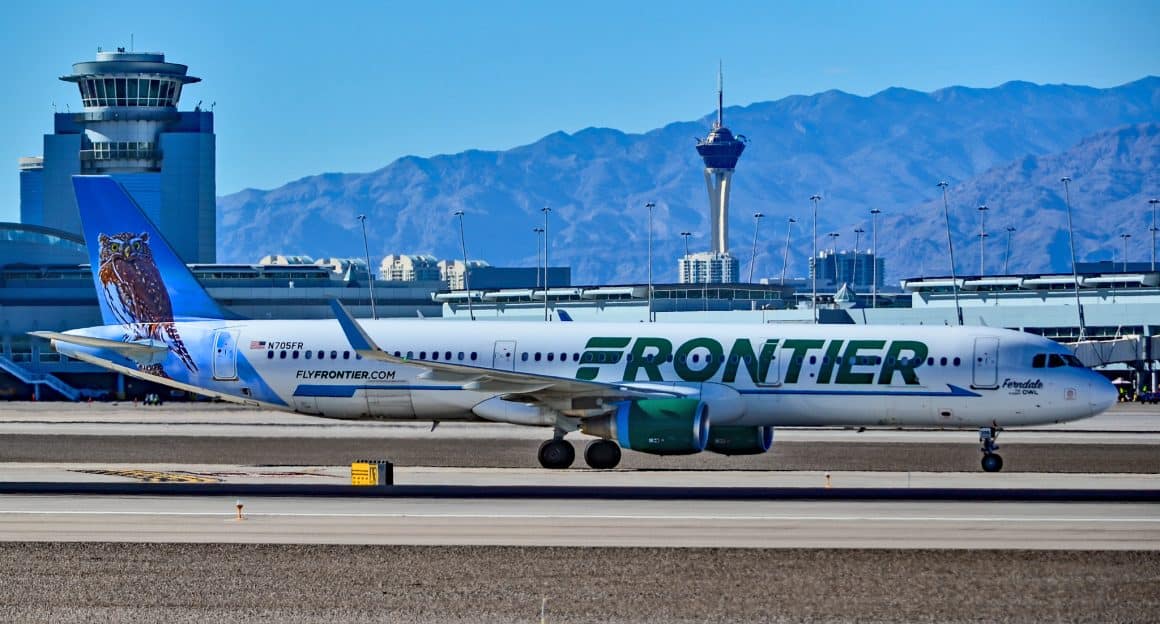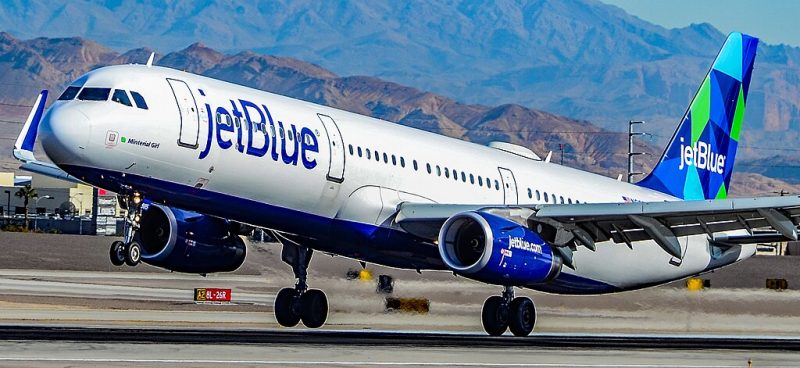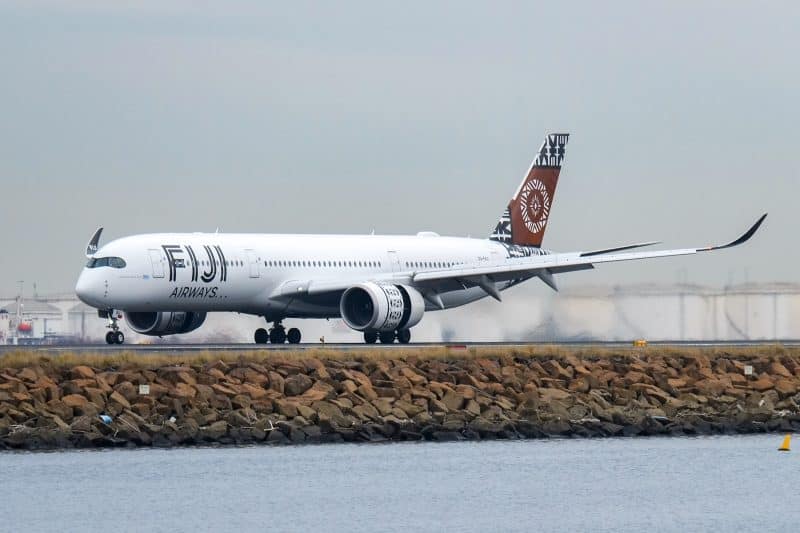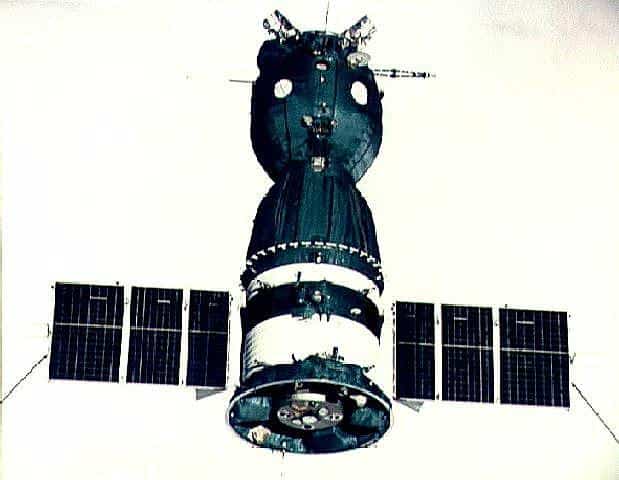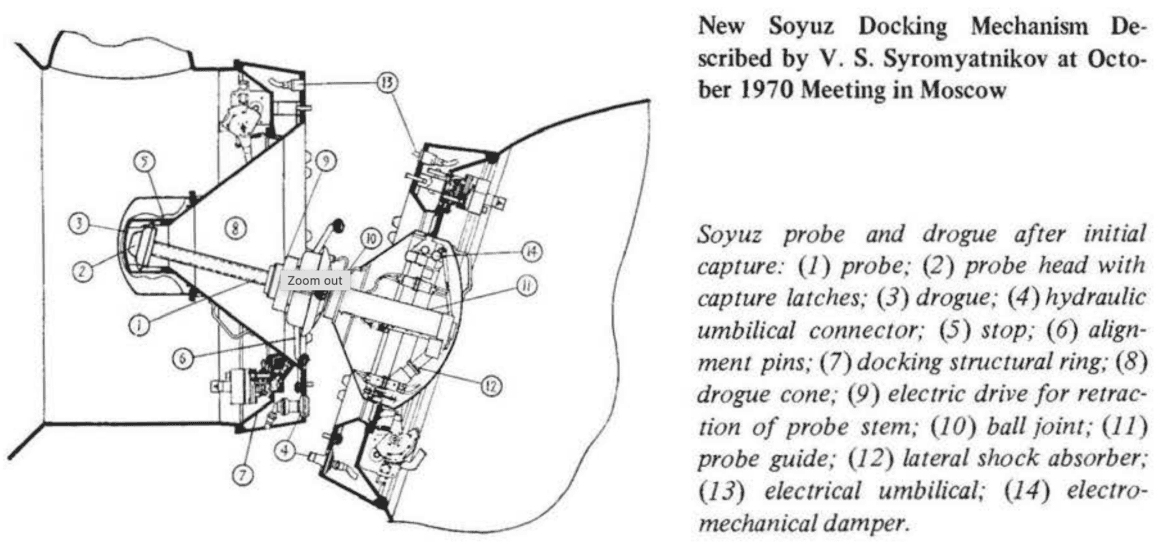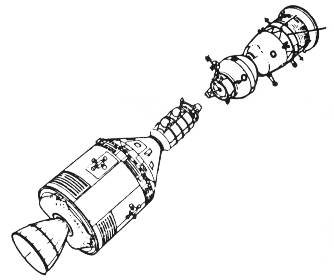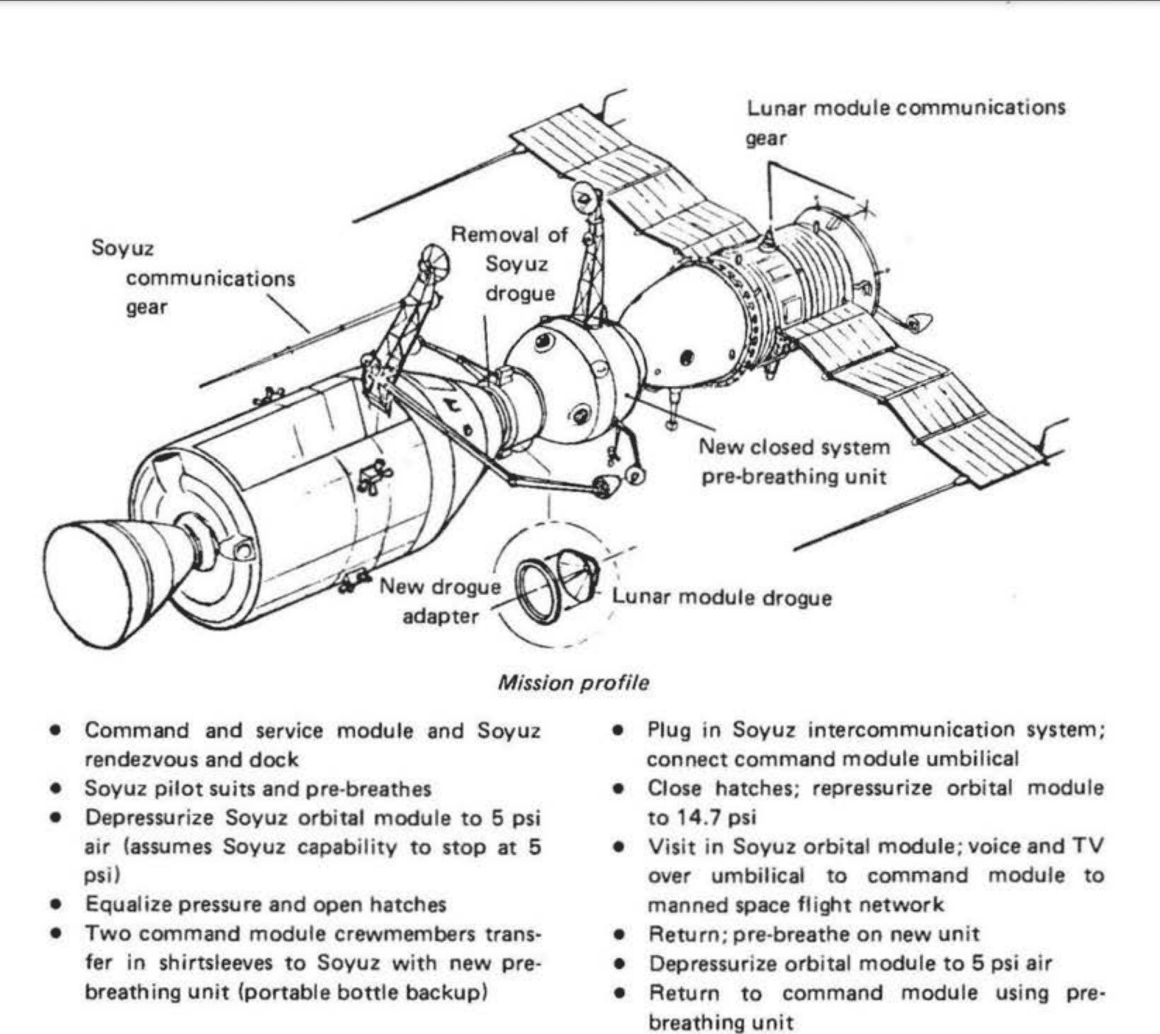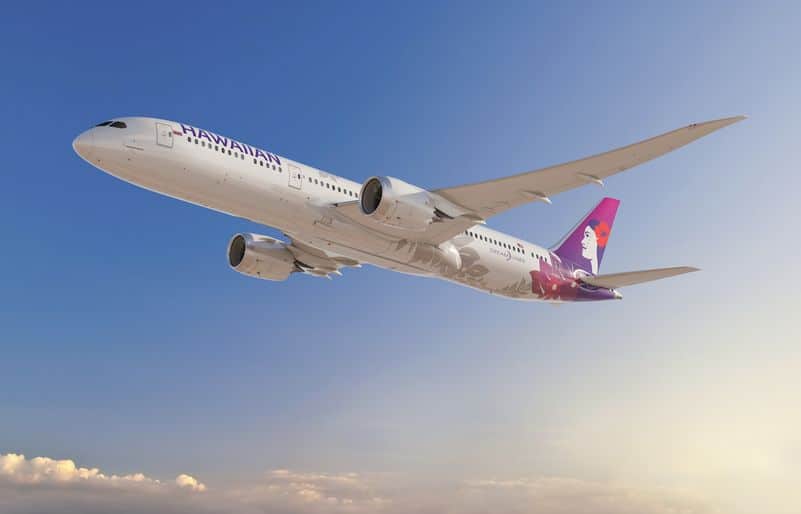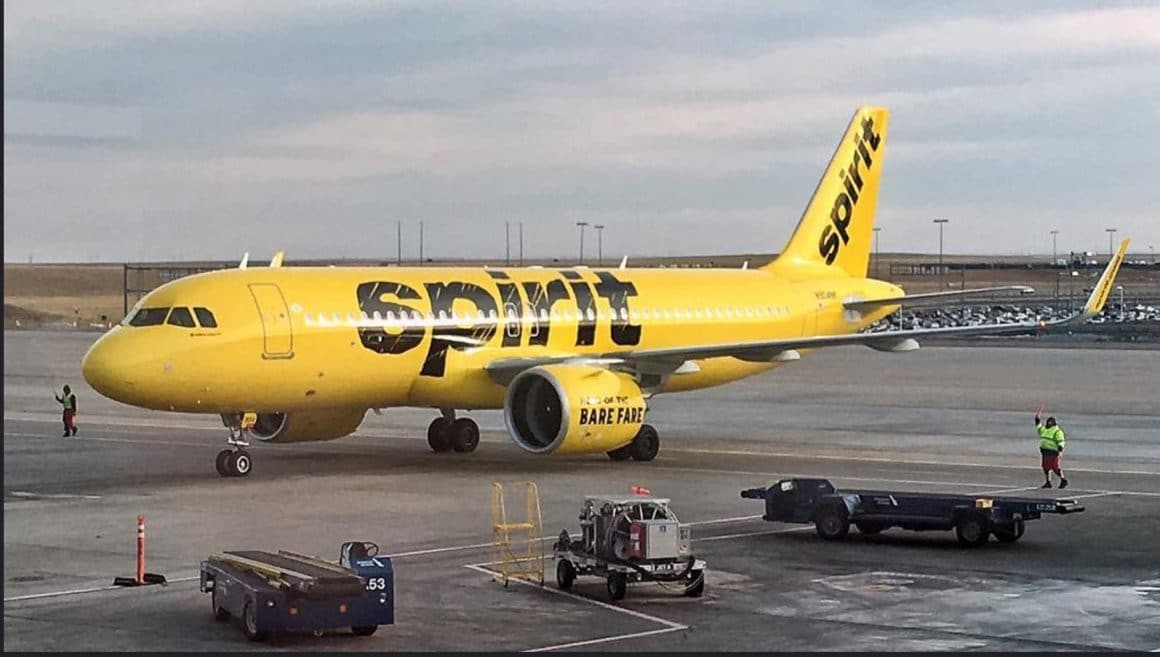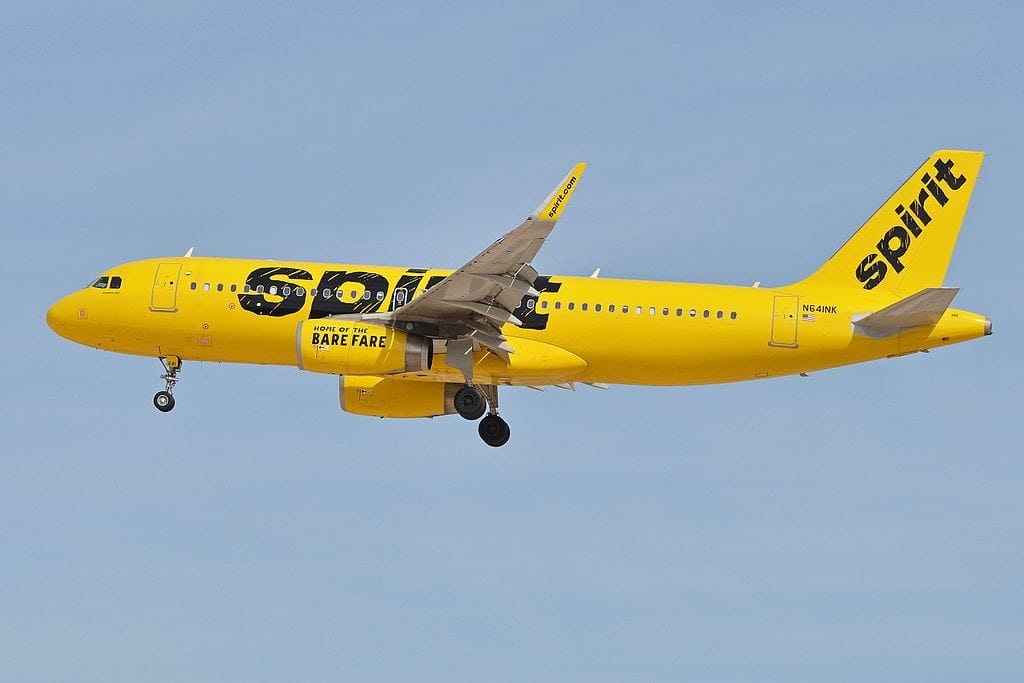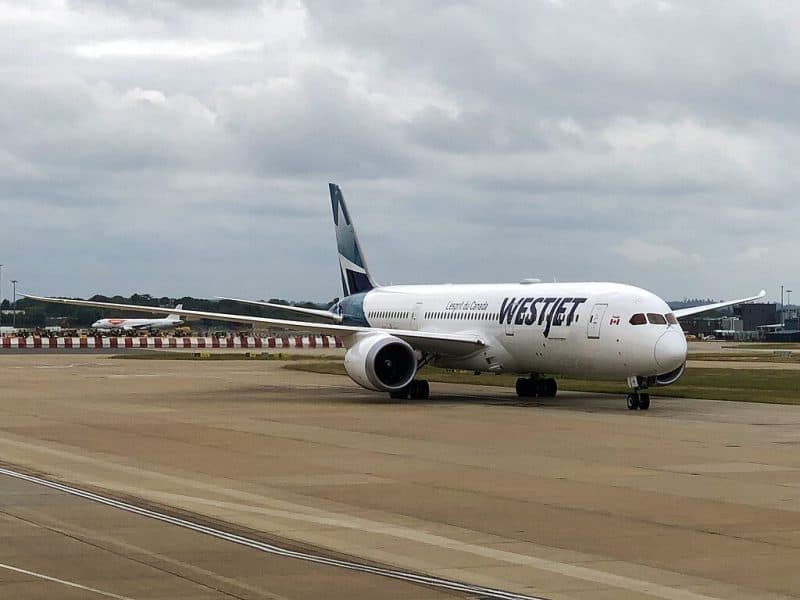Last month, Asobo Studio (a Microsoft publisher) released the much touted Microsoft Flight Simulator 2024. It promised the most immersive experience yet with stunning graphics, the largest fleet of flyable aircraft, dynamic scenery, and a career mode. It’s fair to say that the release hasn’t gone as planned with a host of poor performance issues and bugs.
Asobo Studio has acknowledged the bugs and technical issues plaguing Microsoft Flight Simulator 2024 and has been actively releasing patches and updates to fix these problems. The development team is committed to listening to player feedback and implementing necessary improvements to enhance the overall performance and stability of the game.
A Promising MSFS2024 Release Turned Sour Fast
The problems started on release day and have continued over the past month. Many customers who excitedly purchased the next version of MSFS faced long delays just trying to install their software. Once the software loaded too 99%, it crashed and needed to start again. They couldn’t access the game the first day!
We are aware of the technical issues you are facing with the launch of Microsoft Flight Simulator 2024.
— Microsoft Flight Simulator✈️ (@MSFSofficial) November 20, 2024
Jorg Neumann, Sebastian Wloch, and Jayne share the latest updates and priorities to address them. Check out this video for more information:https://t.co/Q7efoBLQG5
MSFS2024 Server Issues Spoiled Release Day
Asobo Studio acknowledged the issues and blamed them on overwhelming interest in the product. It wouldn’t be unusual for a big release to have issues on the first day. The problem is that day one issues gave way to a host of challenges that have still left customers complaining over a month later.
We have increased our server capacity and are seeing more players accessing the sim, however, we are still seeing access issues continue.
— Microsoft Flight Simulator✈️ (@MSFSofficial) November 21, 2024
This is not the launch experience we want for our players and want to apologize to the community. We will continue to work around the clock…
Problems Highlighted On Social Media
Groups on social media have roasted the latest release for the past month. Many users see the 2024 version as a step back from the 2020 version.
I have given up on FS 2024 until at least 2025 as it’s crap – never should have been released I say #msfs #nothappy
— Enjoy the journey…🏳️🌈🇩🇪🇪🇺 (@funandsmiles73) December 13, 2024
Unplayable For Some Flight Simmers
The list of issues are long. If it were just a poor onboarding experience, I believe many flight simmers would have forgiven Microsoft and Asobo. The problems run deep with planes that don’t work properly, scenery bugs, controllers that won’t connect, and an exceedingly frustrating career mode.
Honestly, I don´t know what are you thinking about when you perform stupid live eventes while the game is still unplayable, 2 weeks after launch date.
— market_investor (@market_investor) December 14, 2024
Really a absolute shame of you are throwing the franchise name to the trash bin.
Some have commented that some of the scenery looks melted, particularly places like Las Vegas as seen below.

Career Mode Didn’t Work Initially; It’s Getting Better
Career mode is one of the new feature sets in MSFS2024. When we first heard about it, we were excited about the prospect of millions of fans learning to fly, then advancing through a career as an aviator. The gamified version is fraught with issues though.
Some users experienced a crash just by releasing the parking brake in certain aircraft. Others are launched on missions without enough fuel to arrive at the destination.
Add-ons Moved To The Cloud and Simmers Don’t Like It
Asobo made the decision with MSFS2024 to move everything to the cloud. The simulator only works with an internet connection. This allows the game to have a lighter footprint on one’s computer and in theory should improve performance.
The tradeoff is that all add-ons are now stored on the cloud too. Many have lamented how Asobo has moved add-ons to the cloud. Part of what has always made the Microsoft Flight Simulator series so unique is that users and companies have been able to customize the simulator. There have always been large markets for custom scenery, unique aircraft, and other plug-ins. Now, Asobo has moved all add-ons to the cloud.
Vendors who want to publish to MSFS2024 have to publish through Asobo’s store. While it is still technically possible to upload your own add ons in MSFS2024, users have said that they feel they don’t have as much control over customization as they did in the past. The worst part though was that Asobo’s own marketplace was virtually empty at launch. Even something as simple as liveries for default aircraft were missing.
Microsoft Flight Simulator Bugs, Bugs Galore
Even outside of Career Mode, there are plenty of bugs in Microsoft Flight Simulator 2024 that are detrimental to the experience. A quick spin in the new Boeing 737 Max-8 by Avgeekery resulted in an autopilot that wouldn’t follow the route in the box in LNAV along with a Boeing Thrustmaster controller that would only push up a single throttle.
The ability to add surface level winds was also locked out. Restarting the sim fixed the latter two issues but it served as a representative example of how many sim users feel the product was rushed to the market without sufficient testing.
A Major Add-On Developer Can’t Sell Their Products Yet On MSFS2024
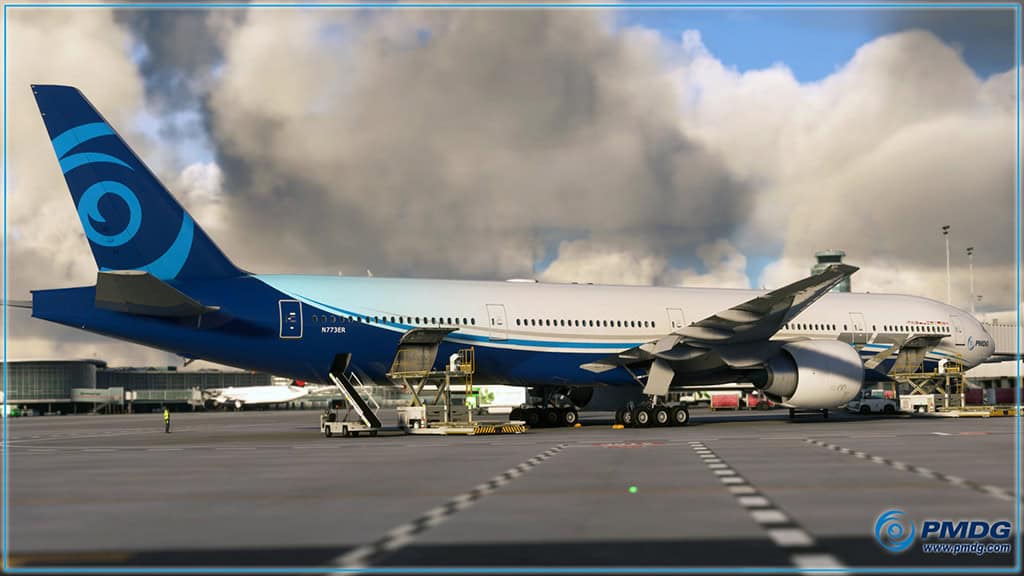
One of the more prominent developers, PMDG has posted a compatibility warning on their Boeing 777 product stating, “This product is not compatible with MSFS2024 and will require updates to become compatible. Updates may be free or offered at a modest surcharge, depending upon policies eventually set for MSFS2024 Marketplace guidelines, to be determined at a date following release of MSFS2024’s in-game Marketplace. If you do not intend to use this product in MSFS2020, do not purchase it until this warning is removed, as it is not compatible with MSFS2024.”
The company is working on making their prominent 737 and 777 aircraft compatible with MSFS2024 via patch sometime in the future.
Asobo Studio Promised Fixes and Has Delivered On Some
To Asobo’s credit, the company has acknowledged the screw up. They stated that their initial server issues were because they weren’t expecting the high level of users on the first day of the release. They added significant capacity in the subsequent days resulting in almost all server issue complaints cease in the user forums over the past few weeks.
Asobo announced patch #3 on their developer blog this past week. This latest release solved a number of the most complained about issues with career mode, fixed scenery, and improved performance. The response on X has been mixed. Some users like @BucketNate have appreciated the improvements as the game has become more playable.
Took a bit but MSFS 2024 has gotten stable enough to play. I've been loving the ingame camera mode. Little bugs like exceeding flap speed while on the ground exist but otherwise its pretty fun 😅#screenshotsaturday #msfs2024 #gaming #pcgaming #virtualphotography #flightsimulator pic.twitter.com/YpHM0znrur
— Nate (@Bucketnate) December 14, 2024
Others like X user @ACinPhilly are still experiencing issues.
Did the update…then I did a total UNINSTALL & REINSTALL of this, it actually felt promising for 35 min. actually…but it all went to crap again. After seeing this chaos of plane traffic, the sim totally crashed when I exited to the main menu. Its still a mess! #MSFS2024 pic.twitter.com/OIwciEcJ7o
— AC (@ACinPhilly) December 12, 2024
There’s Still Time But Patience Is Wearing Thin
For Asobo, there is still time to fix their product. The ambitious plan to take an already solid sim and add in a major gamified world was bound to be difficult. The flight sim community is different than your average gaming population.
As a group, they not only provide candid feedback but get excited when they see consistent improvements. Asobo has had solid communication on their progress to fix MSFS2024. They communicate regularly on social media via X.com, Youtube, and Instagram.
Asobo Got Behind The Power Curve on Microsoft Flight Simulator 2024
For many it seems as if the company released a half-baked beta version of their final product. Asobo Studio will need to pull out of this stall quickly by applying the proper coordinated controls. Otherwise, the storied franchise could enter a graveyard spin that permanently damages the simulator’s storied reputation. That’s something every fan of flight simulation doesn’t want to see.

